Storytelling and condensation of stories in the advertising world
Keywords:
Storytelling, Advertising, Spots, Brands, Condensation of storiesAbstract
Storytelling appears as a strategy which offers brands the opportunity to establish links with their audience through stories. The aim of this research is to substantiate whether the use of condensation of stories in storytelling is effective in achieving audience´s identification with the message intended to be transmitted. With this in mind, we study the case of the “Cholo soy” campaign by Mibanco, and apply a diegetic analysis to the condensation of stories, identifying the parts of the campagin´s three-act structure as beginning, middle and end, in order to incorporate the main storyline later, reinforcing it through the other stories, as well as through the characters that make up each of them. The campaign, thanks to storytelling and its elements, resulted in the construction of an effective story in the advertising scope, changing listeners/viewers´ perception of the concept “cholo” and provoking a feeling of identification in Mibanco´s target audience.
Published
How to Cite
Issue
Section
The authors that publish in this Journal accept the following terms:
a. Authors retain copyright and grant the journal right of first publication with the work simultaneously licensed under a Creative Commons Attribution License Attribution-NonCommercial-NoDerivs 3.0 Unported (CC BY-NC-ND 3.0) that allows others to share the work with an acknowledgement of the work's authorship and initial publication in this journal.
b. Authors are able to enter separate, additional contractual arrangements for the non-exclusive distribution of this journal's published version of the work (e.g., post it to an institutional repository or publish it inside a book), with an acknowledgement of its initial publication in this journal. All the works published on this Journal are retrieved and safeguarded in the Institutional Repository of this University: Repositorio UNLaM
c. Authors are allowed and encouraged to post their work online (e.g., in institutional repositories or on their website) prior to and during the submission process, as this can lead to productive exchanges, as well as to enriching and enlarging the number quotations on the work published.
















